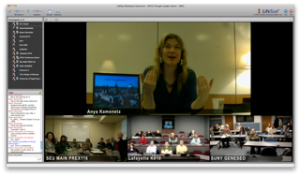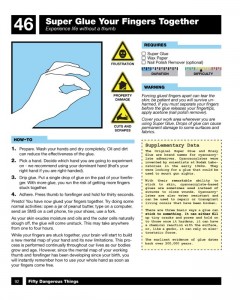(One of the features in the Drumbeat book will be a series of how-tos. One of the biggest “how-tos” in the book will be
how-to: Create a Drumbeat Festival. Here’s my first draft, for your feedback, especially if you were at the fest: )
how-to: Create a Drumbeat Festival.
purpose: start solving problems together and build a broader movement for change.
difficulty: Difficult, but fun.
who: 40 to 1000 people with different skills and interests including group facilitators. A mix of idea people and hands-on people, seasoned leaders and eager beginners. Drumbeat Festival 2010 featured 430 participants, including 40 volunteers, from 40 countries and 30+ participating organizations.
Time: 9 months to plan; 2 - 4 days to pull off.
materials: Space (for example the MACBA, FAD, courtyard and surrounding cafes, restaurants and tapas bars of Barcelona’s Raval district). Whiteboards. Laptops. Markers. Post-it notes. Wifi. Coffee. Pastries. Wine.
Step 1: Identify broad themes of shared, vital concern for all participants, ie Learning, Freedom, and the Web.
Step 2: Invite “space wranglers” to host spaces or “tents” relating to 1, 2, or all 3 of the main themes. Each should be dedicated to prototyping, designing, and creating solutions.
Step 3: Adopt Allen Gunn (“Gunner’s”) model for group faciliation, informed by the civil-disobedience training of the Ruckus Society and other left-wing organizing and consensus-based models.
-
Step 3a: “A bunch of people sitting and listening to one person talk is one step below a crime against humanity.” Minimize plenary sessions to “take the head off the event.”
-
Step 3b: “focus on respect” for all participants, volunteers, organizers. “If you are the most knowledgeable your job is to do the most listening.”
-
Step 3c: “focus on jargon” to make the dialogue as accessible as possible. Attempt to make translation available.
-
Step 3d: “Love-bomb” participants whenever appropriate with clapping and cheering. Conversely, make one person a designated “lightning rod” for complaints so negative energy is channeled constructively.
Step 4: For scheduling, draw on free-form “bar camps” and “unconferences” popular in the web community. Include open sessions with agendas defined by participants. Make the schedule an updatable-in-real-time wiki and/or eraseable whiteboard.
Step 5: Give each space a deadline to present results to the group at the end of the festival. Support those who want to join a team or continue working on a project, and publicize their efforts.
Step 6: Celebrate and document!
Tips and tricks: ??? How will you know when you've succeeded:???



